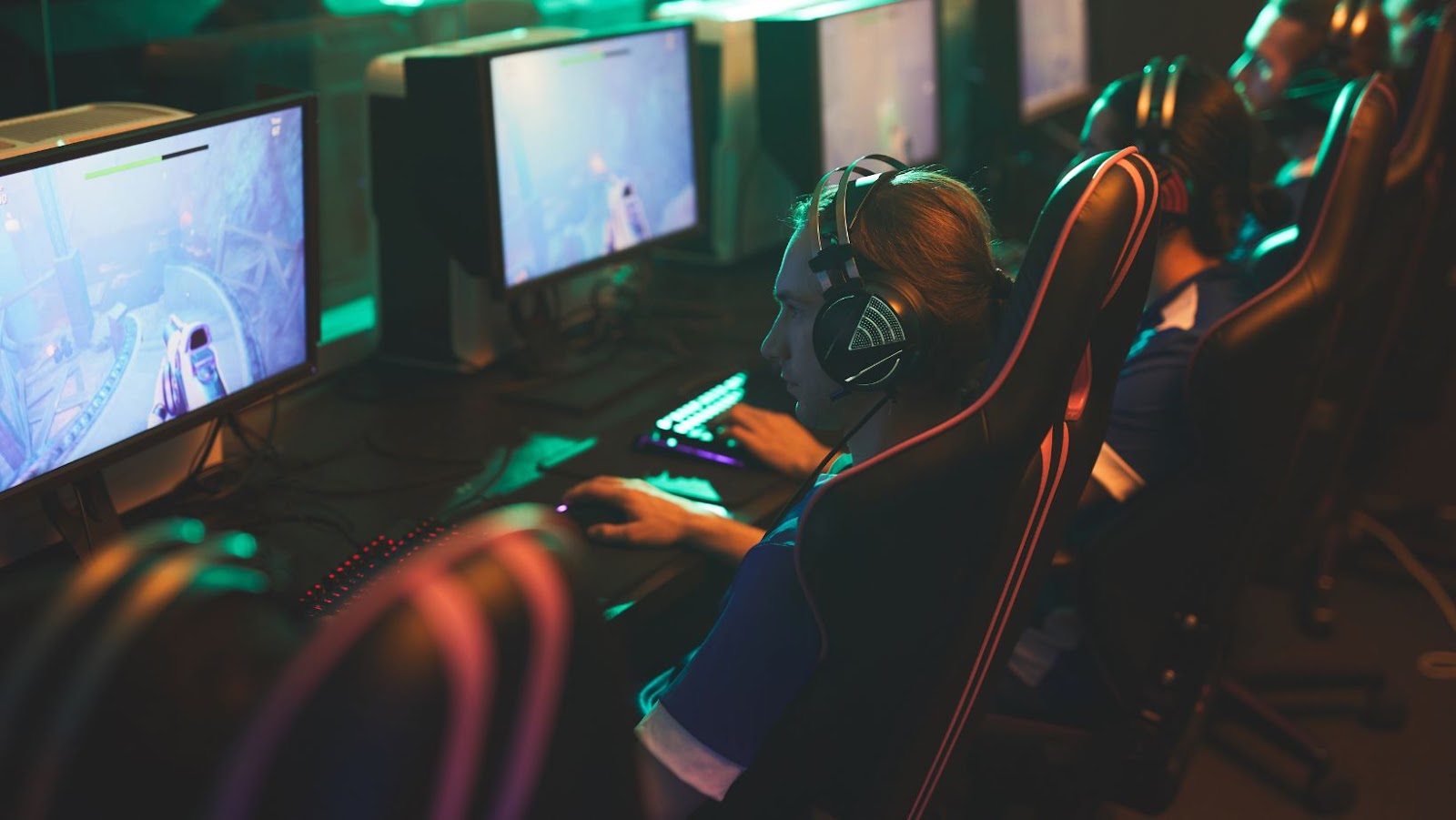Web3 gaming is an innovative form of online gaming offering players increased transparency, ownership, and security. It utilizes blockchain technology to provide players with real-world rewards and the ability to own their in-game assets. Additionally, Web3 gaming promises to revolutionize the gaming industry with its decentralized game development and deployment process. The gaming industry is already booming, with more than one billion online gamers actively seeking entertainment without having to download gigabytes worth of games.
This is one of the main reasons why Web3 games have become so popular; you load the game on your browser, connect your digital currency wallet, and you are good to go, having fun while also earning rewards. Let’s dive into the world of Web3 gaming and uncover its exciting capabilities. We’ll explore how it works, discuss the benefits and challenges that come with this type of technology, and take a look at where it might be headed in the future.
What is Web3 Gaming?
Web3 gaming refers to a model of online gaming that utilizes blockchain technology to decentralize game development and governance. It provides players with greater ownership over their in-game assets, as well as more opportunities for earning real-world rewards. Through its use of smart contracts and cryptocurrency payments, Web3 gaming also offers enhanced security and transparency for users.
Compared to traditional online games, which are hosted on central servers and controlled by developers or publishers, Web3 games are developed on open networks such as Ethereum, helping developers facilitate security, scalability, and seamless operations. This allows developers to create autonomous systems where players can own their game assets and receive rewards without any centralized authority intervening.
How Does Web3 Gaming Work?
Web3 games are powered by blockchain technology that enables trustless transactions between users on a distributed network. All interactions within the game are stored as transactions that are secured on the blockchain ledger via cryptographic keys. Alongside peer-to-peer authentication processes facilitated by DLT nodes, these features allow gamers to access secure in-game economies while mitigating any possibilities of fraud or collusion. Furthermore, they can transact with each other directly through cryptocurrency payments, rather than relying on third-party cashouts or central authorities for large sums of money.

In addition to providing robust authentication protocols and payment methods, Web3 also supports alternative technologies such as virtual reality (VR), augmented reality (AR), wearable devices, etc., that enhance user engagement within the system. Developers can masterfully craft gaming experiences that draw players in and keep them engaged, utilizing the latest technologies with intuitive user interfaces to make these digital worlds come alive. Nowadays, building Web3 games is easy as the best platforms provide developers with software development kits, and they can focus on creating their games and enjoy the backbone of security that Ethereum offers.
Advantages & Challenges of Web3 Gaming
The main advantage of using blockchain technology in game development lies in its ability to provide enhanced levels of security for both developers and players alike due to its distributed nature. Additionally, since all transactions are publicly recorded on the ledger, any disputes between users can be easily resolved without requiring external arbitration from an authoritative entity. Moreover, with regards to cryptocurrencies being used as payment tokens within the system, they provide a convenient way for users to earn real-world rewards in return for playing the game, which adds further incentive for engagement within the system.

However, there are certain issues associated with implementing global multiplayer systems powered by DLT, such as scalability limitations. Plus, since NFTs and digital currencies are still fairly fresh topics, there are no rules that regulate their use and applications. Furthermore, issues like technological barriers still hinder adoption rates among mainstream consumers, who might otherwise be interested in playing games powered by this new form of web architecture, making it difficult for developers to monetize their projects at scale currently.
Conclusion
In general, Web3 gaming provides an innovative platform for creating engaging online experiences backed up by unprecedented levels of transparency, ownership, security, freedom over assets, and replayability through the utilization of cutting-edge technologies powered by distributed ledger technologies.
While there have been certain issues raised regarding scalability limitations due to current roadway constraints, amongst others, when used correctly this technology could potentially revolutionize consumer experience across multiple industries while allowing developers to maximize revenue streams through novel fee structures. As such, this will be something worth watching out closely over the coming years.

